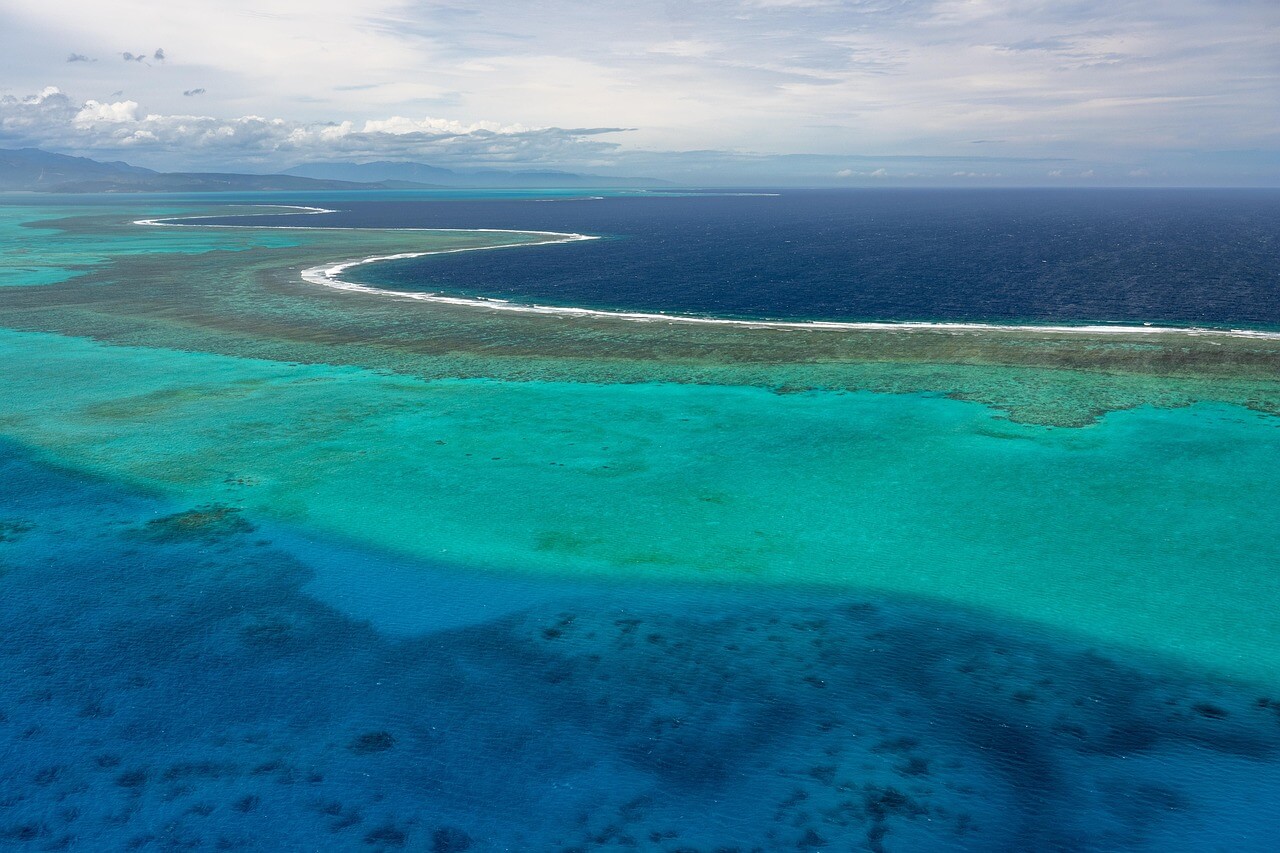When to visit New Caledonia during the year?
New Caledonia, with its tropical climate, is a year-round destination, but the best time to visit is from May to October when temperatures are milder and rainfall is lower. This dry season is perfect for beachgoers and water sports enthusiasts, particularly in popular spots like Noumea and the Isle of Pines. In the summer months (November to April), the temperatures can rise significantly, making it ideal for those who love the heat and vibrant nature. Spring offers blooming flora, while autumn is less crowded, providing a serene experience. Average visitor statistic shows that July and August are peak months due to family vacations.
How to get to New Caledonia?
Traveling to New Caledonia is mostly done by air as it is a group of islands in the South Pacific. The main entry point is La Tontouta International Airport, which has connections to various international destinations. Local transport options include buses and cars for getting around the islands.
- Main airport: La Tontouta International Airport (NOU) with major international routes from Australia (Sydney), New Zealand (Auckland), Asia (Tokyo), and USA (Los Angeles).
- Low-cost airlines include Air Calin.
- Flight times: approximately 3 hours from Sydney, 2 hours from Auckland, and 12 hours from Los Angeles.
- Main stations are located in Noumea, connecting to various surrounding areas.
- Buses connect Noumea to smaller towns and beaches.
- No international train services; local trains are limited.
- Primarily accessible by bus or car.
- Main roads like Route du Sud connect Noumea to the western and southern parts of the island.
- Average distances: 74 km from Noumea to La Foa.
- Minimal tolls; road conditions are generally good.
Tourist activities in New Caledonia
New Caledonia offers a wealth of activities, ranging from beach relaxation to adventurous exploration. In Noumea, visitors can enjoy water activities like snorkeling at Duck Island or exploring the vibrant local markets. The island of Lifou is perfect for those seeking pristine beaches and stunning coral reefs, ideal for diving. Don't miss the unique cultural experience of visiting the tribal villages in the North and attending traditional Kanak ceremonies. Outdoor enthusiasts can hike the trails of the Blue River Provincial Park, where stunning landscapes await. For those interested in history, the Isle of Pines features remnants of French colonial architecture. For a taste of the local nightlife, Noumea boasts a range of bars and live music venues that reflect the vibrant culture.
Accommodation in New Caledonia
Accommodation in New Caledonia ranges from luxury resorts to budget-friendly hostels. In Noumea, high-end hotels like Le Meridien offer stunning ocean views, while mid-range options such as Hôtel Beaurivage cater to those seeking comfort without breaking the bank. On the Isle of Pines, eco-lodges and beachfront bungalows provide a connection with nature. Average nightly rates vary: luxury hotels can cost upwards of $200, while more affordable accommodations range from $70 to $150. It's wise to book early during peak seasons (July-August) to secure the best rates and availability. Overall, the diverse options ensure that every traveler can find their perfect stay.
Food in New Caledonia
The cuisine of New Caledonia is a delightful fusion of French flavors and Melanesian influences. Local specialties include Bougna, a traditional dish made with yams, taro, and fish wrapped in banana leaves, cooked in an underground oven. Fresh seafood is abundant, from grilled fish to shrimp dishes, often enjoyed with local beer or the sweet coconut drink known as 'coco'. Restaurants and bistro-style cafes in Noumea serve French pastries and exotic tropical fruits. Dining prices are moderate, with an average meal costing between $15 to $30. For a unique experience, visit the markets to sample street food and local delicacies.
Important numbers and information
- Emergency services: Police (17), Ambulance (15), Fire Brigade (18)
- Embassy contacts: French Embassy in Noumea
- Airports: La Tontouta International Airport, located 50 km from Noumea
- Currency: Pacific Franc (XPF); credit cards widely accepted
- Visa requirements: Tourists can stay visa-free for up to 3 months, subject to passport validity.
What to see in New Caledonia?
New Caledonia is home to breathtaking landscapes and cultural sites. Starting with Noumea, explore the lively beachfront at Anse Vata and visit the Tjibaou Cultural Centre, which showcases Kanak culture. Don't miss the natural beauty of the Lagoons of New Caledonia, a UNESCO World Heritage site, renowned for its rich marine biodiversity. The Isle of Pines is famed for its stunning beaches and clear waters, offering idyllic spots for relaxation. Lifou, the largest of the Loyalty Islands, is known for its rugged cliffs and coral reefs. Lastly, the Blue River Provincial Park is recommended for adventurous visitors looking to hike and experience the island's unique fauna.
History, geography and climate
New Caledonia's history is shaped by its diverse cultures, from the indigenous Kanak people to French colonization in the 19th century. The islands' landscape is a mix of rugged mountains, sandy beaches, and lush forests. The largest island, Grand Terre, is characterized by valleys and a mountainous interior, while the surrounding smaller islands offer stunning coastal scenery. The climate is tropical, with average temperatures ranging from 20°C in winter (June-August) to around 30°C in summer (January-March). Frequent rainfall occurs during the wet season, particularly from December to March, making the dry months more appealing for visitors.
Population and culture
New Caledonia has a population of roughly 270,000 inhabitants, predominantly of Melanesian origin, alongside a significant number of French settlers. The official language is French, but Kanak languages and other dialects are also spoken. Predominantly Roman Catholic, as well as some indigenous beliefs, the culture is rich in traditions celebrated through music, arts, and dance. Notable cultural events include Kanak festivals that showcase traditional crafts, songs, and dances. Annual holidays such as Bastille Day reflect the French influence while celebrating unique local customs. The strong sense of community is evident during cultural gatherings and open markets, presenting a welcoming environment for visitors.








